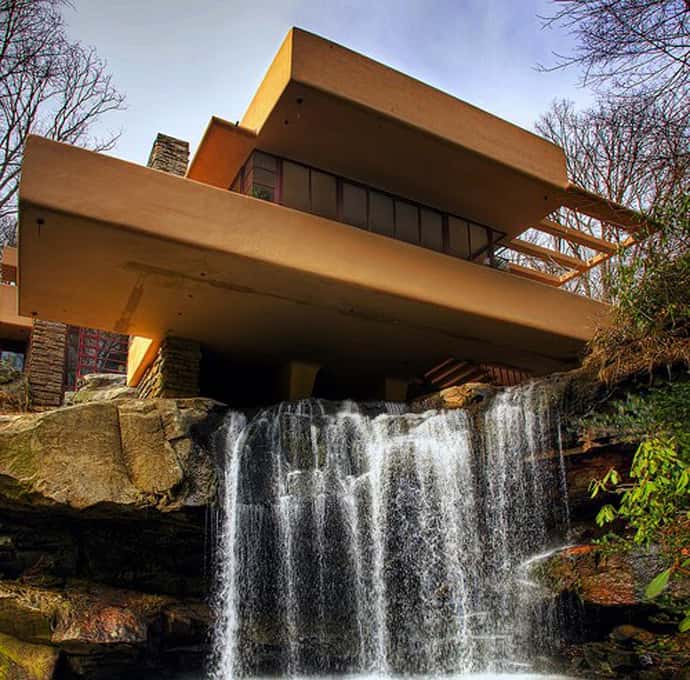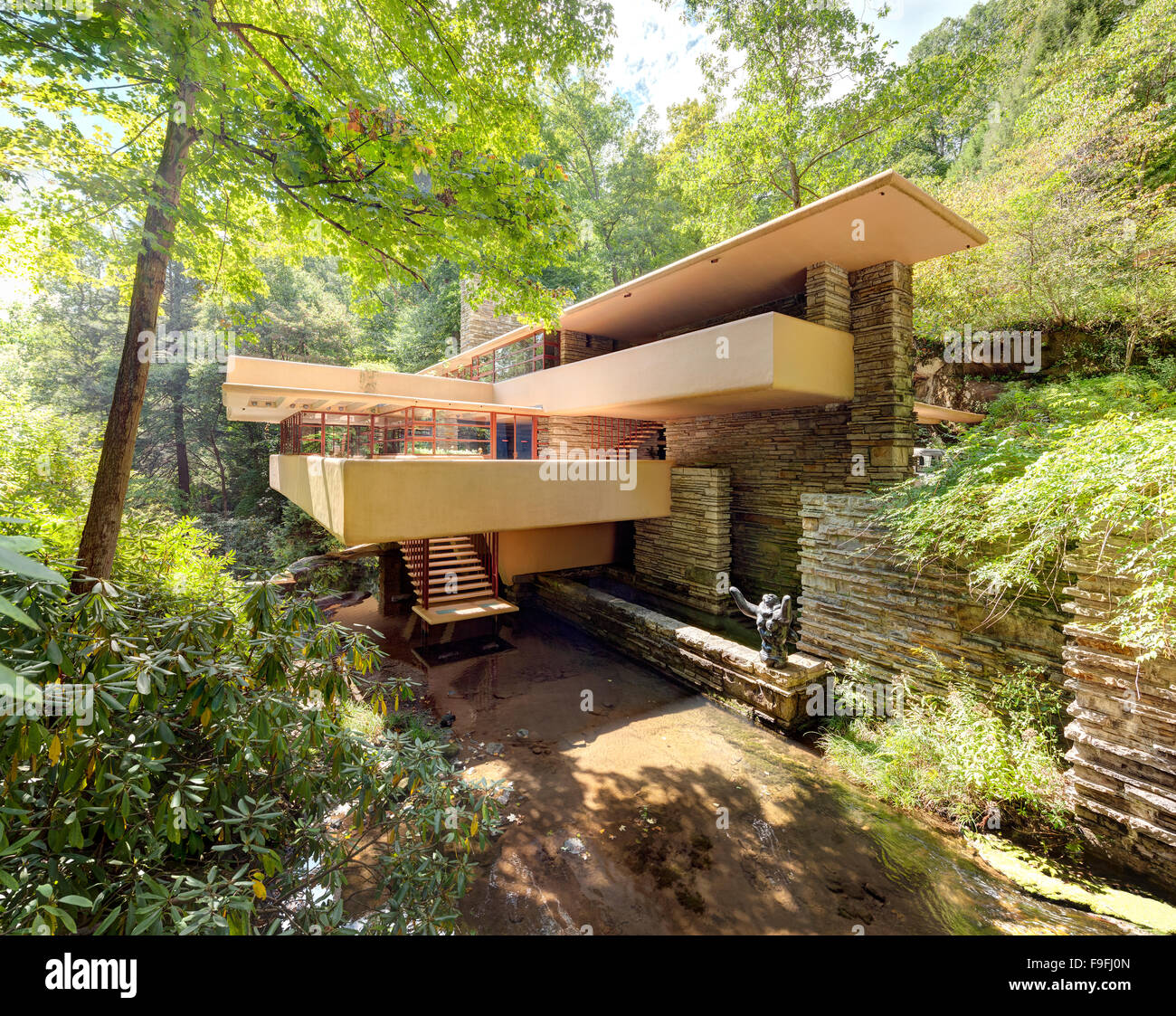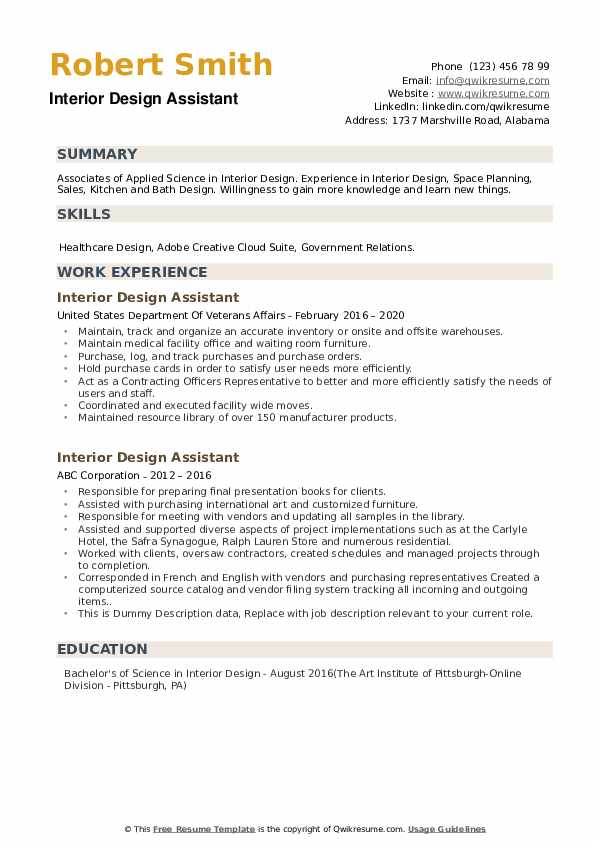Table Of Content

Each level is marked by wide projections which protrude asymmetrically in various directions. In creating this impression, Wright was inspired by Japanese architecture. The exterior of the house maintains an intimate relationship with the surrounding nature. The architect decided to employ natural materials- wood, brick, rock- with which he achieved an impressive integration between the building and the forest which surrounds it.
Architectural Illustration for Everyone: Draw Buildings in Ink and Colored Pencil
As with Wright, they also loved nature and wanted a house that celebrated the beautiful landscape. They often went for picnics at Bear Run and always dreamed out loud about having a holiday home there. The Kaufmann’s were also well known for their very popular Kaufmann’s department store. From its daring cantilevers to its corner window detail and constant sound of the waterfall, Fallingwater is the physical and spiritual occurence of man and architecture in harmony with nature. On the second floor, there are two bedrooms, two bathrooms and Mr. Kaufmann’s office, as well as three terraces and the stairs which lead to the lookout on the third floor. On this floor, you pass along a small corridor from which the rooms are distributed.
Visiting Fallingwater
Third, the series represents an architecture conceived to be responsive to the evolving American experience, but which is universal in its appeal. On entering the house by the main entrance, situated at the North face, we arrive at a small room which acts as a reception, located under the stairs which lead to the second floor. Past that room is the living room, the largest public room of the house from which there are splendid views of the woods which surround the house. On entering, we are faced by the “music corner”, whose etymology is unknown, to the right is the sofa area and behind the “music corner” is the “staircase of water”, so called because it leads down to a small platform beside the river.
Take a virtual tour of Fallingwater by visiting the Fallingwater pictures pages.
The large living room has a glass wall which allows those inside to enjoy the view of the waterfall, as well as hearing its relaxing murmur. The use of large windows eliminates the separation between rooms and their terraces. Amongst other purposes, they reflect the natural light and project it, indirectly, toward the interior. With this work, Wright achieved the maximum freedom of expression, while maintaining harmony with the surroundings.
Since Frank Lloyd Wright’s Fallingwater opened to the public in 1964, visitors from around the world have experienced this masterwork. We offer you extensive information about the history of art, analyses of famous artworks, artist biopics, information on architecture, literature, photography, painting, and drawing. No, it is not possible to stay over in the main house, as it is now an official museum.
In this in-depth guide from AD, rediscover the importance and magic of Wright’s most famous private residence. The construction of the waterfall house, naturally, proved difficult, as there was no solid foundation to build from, only water. Wright overcame this problem by designing “trays”, which were reinforced concrete that mirrored the natural rock of the site. Terraces of local sandstone were cantilevered to blend with the rock formations.
Natural stone floors continue from the living room well towards the outside terrace. While its form is distinct and standout, Fallingwater was designed for a family to live in and among nature. Fallingwater is a 20th-century masterpiece in organic architecture—one that was created nearly four decades before the design world began to consider its impact on the planet. The habitability of the interior was what truly preoccupied the architect. The interior space had to be light and spacious, and so he set out to avoid limitations as much as possible.
How Frank Lloyd Wright’s ‘Fallingwater’ Home Changed Architecture Forever
Using resources directly from the quarry and building the house directly on top of a waterfall, Frank Lloyd Wright succeeded in making the most out of nature while building. The Fallingwater house was and is a masterpiece of a residence, well ahead of its time. The seamless way in which Frank Lloyd Wright blurred the lines of nature and construction is a remarkable concept that serves as an inspiration to architects and designers up until this day. As previously mentioned, Wright and the Kaufmann’s had a close connection to nature and wanted nature to play an integral part in the aesthetic of their home.
The design showcases his appreciation of Japanese culture and art, specifically the works of Katsushika Hokusai, as elements of the drawing break through the borders, a stylistic device often used by Hokusai. Wright was a collector and dealer of Japanese woodblock prints, and his influence can be seen in his design and aesthetics. Frank Lloyd Wright’s connection to Arizona, the location of his personal winter home Taliesin West, runs deep, with his architectural influence seen all over the Valley. Here, PhD student David R. Richardson gives a brief overview of several of Wright’s most notable projects in the Grand Canyon state.

The house was commissioned by Pittsburgh department store magnate Edgar J. Kaufmann and his wife, Liliane, as a weekend retreat located in Mill Run, Pennsylvania. Impressed by Wright’s work after visiting their son at Taliesin, an architectural school designed and run by Wright in Wisconsin, the Kaufmanns asked the architect to design their country escape. Their appreciation for innovative architecture did not end with Wright; they also commissioned Richard Neutra to design another iconic residence, the Kaufmann Desert House, in Palm Springs, California. This latter house exemplifies Neutra’s approach to blending indoor and outdoor spaces and is considered a masterpiece of mid-century modern architecture. Wright described this 1930s home as “one of the great blessings to be experienced here on earth.” Inspired by the architect's desire to integrate human-made structures into the natural world, Fallingwater typifies organic architecture.
In 1938, Wright designed additional guest quarters set into the hillside directly above the main house and linked by a covered walkway. In 1963 the Kaufmanns donated the property to the Western Pennsylvania Conservancy, together with 1,543 acres of surrounding land. It opened its door as a museum in 1964 and has since hosted more than five million visitors. Though the late American architect designed more than 1,000 buildings during his career, Frank Lloyd Wright’s Fallingwater—a private home situated over an active waterfall in forested Mill Run, Pennsylvania—is one of his most celebrated. Considered a masterwork of the organic architecture style, Frank Lloyd Wright’s Fallingwater embodies a harmony between site and design that the architect championed. Designed in 1935, the house is defined by a series of stucco-covered concrete cantilevered terraces that are fixed to the natural rock of the fall, and the façade is constructed of local sandstone slabs that create a visual kinship with its environment.
Frank Lloyd Wright's Fallingwater lets in the light with low-iron glass - The Architect's Newspaper
Frank Lloyd Wright's Fallingwater lets in the light with low-iron glass.
Posted: Wed, 30 Sep 2020 07:00:00 GMT [source]
Along with your exploration of the house and landscape, consider an additional experience to further enjoy your time at Fallingwater. In addition, Fallingwater's structural system includes a series of very bold reinforced concrete cantilevered balconies. Pronounced deflection of the concrete cantilevers was noticed as soon as the formwork was removed during construction.
The walls of the living room, like those of the rest of the house, are the same as the exterior ones, with parts of masonry made from the extracted stone. The floor is brown stone and the ceiling has a pattern which goes round the integrated light fittings, designed specifically for this house. On entering the dining room, on the right hand side, is the chimney, surrounded by natural stones which emerge from the floor.
A collection of Fallingwater items to be enjoyed and treasured for years to come. The deluxe package features our puzzle, bookmark, magnet, and best-selling book. Whether you’re a family of four or a small group of friends this keepsake package offers a little something for everyone. Enjoy Fallingwater all year long with our souvenir booklet, magnet, pen and two postcards. Wright at Polymath Park tour times vary throughout the season, so we invite you to explore individual tour options for availability.
A view of two of Fallingwater's main terraces from the third level of the house. Each of the building's terraces is cantilevered over the stream and waterfall below. The counterbalance was the house's north wall, which kept the building from falling over. Fallingwater underwent major repairs in 2002 to deal with sagging of the terraces and other parts of the building. This is the only kitchen at Fallingwater and was used by the Kaufmann family, as well as the servants and visitors staying in the guest bedrooms or guest house.

No comments:
Post a Comment